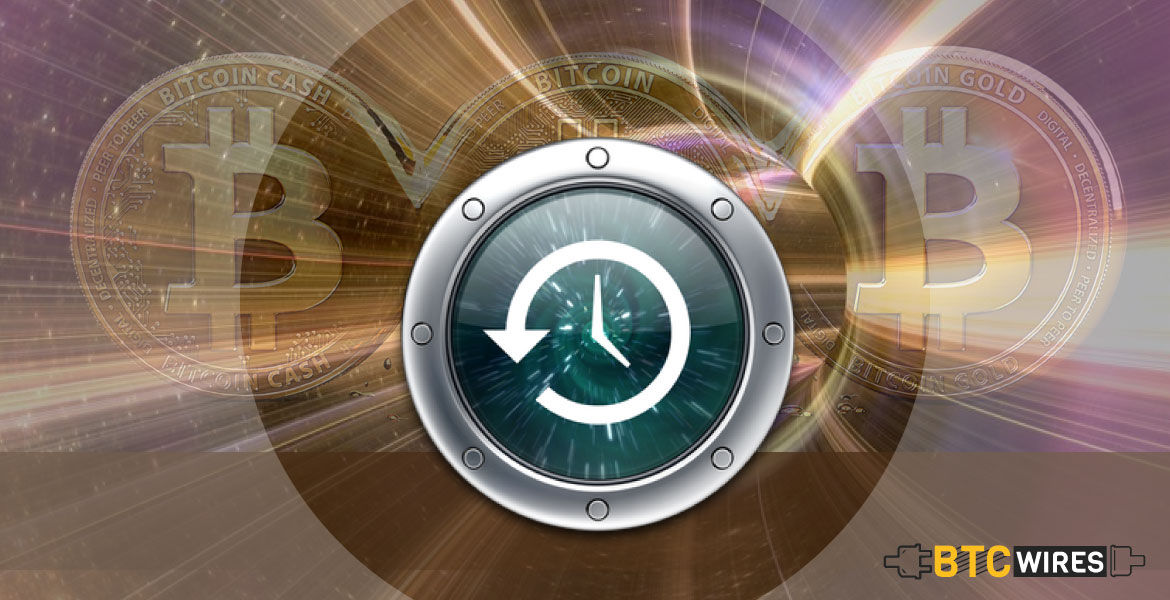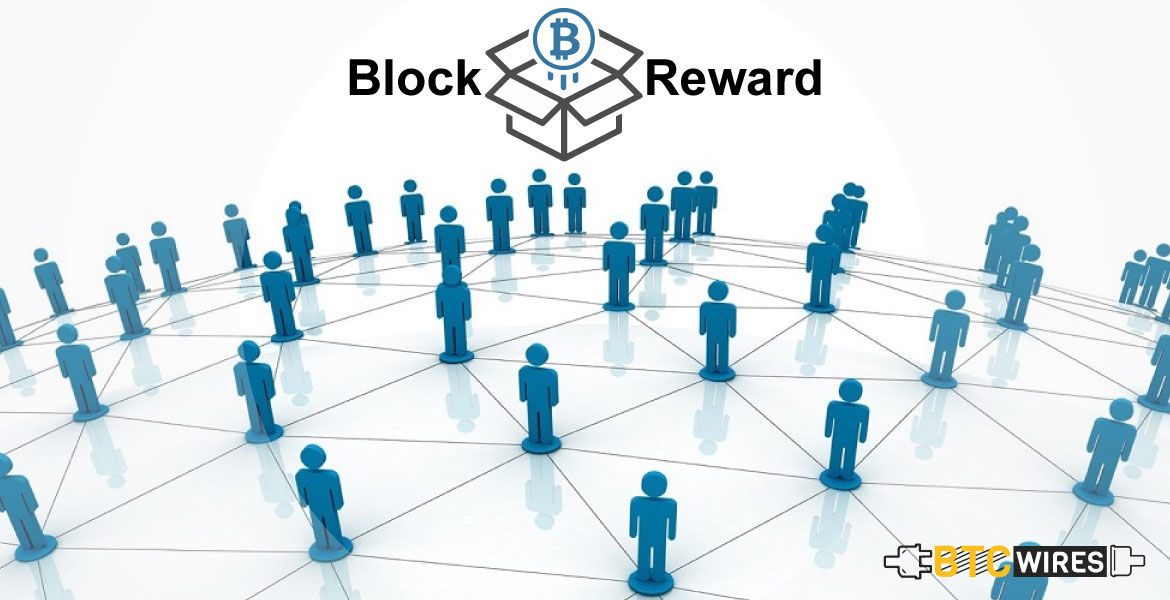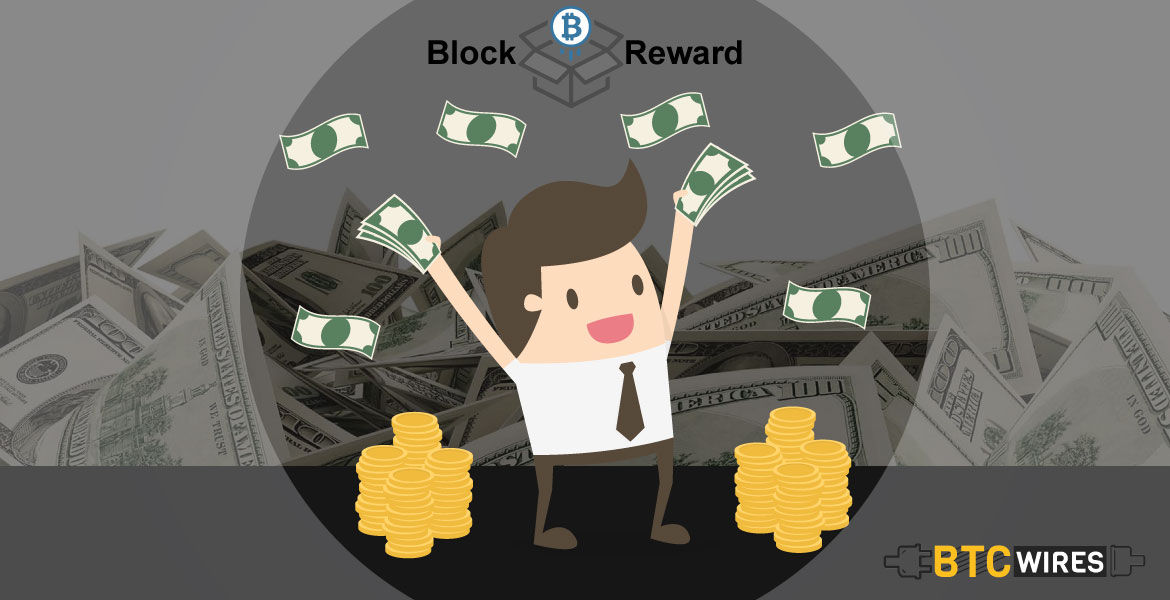Blocks are the fundamental building elements in Blockchain technology. They

Blocks are the fundamental building elements in Blockchain technology. They act as the store for distributed ledgers and transactions on the network.
The process of transaction verification is called mining, and there are fixed rewards for mining a single block known as Block Reward.
Every cryptocurrency which makes use of Proof of Work protocol can take help of its peer on the network to authenticate transactions through mining. Some of the top cryptocurrencies which make use of the mining process for block verification are Bitcoin, Litecoin, Ethereum, Bitcoin Cash to name a few.
In a centralized network like a bank, the authentication of a transaction is done by the authorities which charge a significant amount for the transaction. However in a distributed network, with no central authority liable to verify these transactions, miners verify and maintain the authenticity of the network.
In this article, we will take Bitcoin as an example to understand Block rewards and how it works.
You May Also Read: Bitcoin Satoshi Vision
Bitcoin: A Brief History

- August 18, 2008 – Bitcoin.org domain was registered by an unknown user
- October 31, 2008 – The Bitcoin White Paper came into Public acknowledgment, titled “Bitcoin A Peer-to-Peer electronic cash system” the initial nine-page document was distributed on the cypherpunk mailing list in November 2008.
- January 3, 2009 – Satoshi Nakamoto created the genesis block, the founding block of the Bitcoin Blockchain.
- January 12, 2009 – The first ever bitcoin transaction, where Satoshi transferred 10 BTC to well-known cryptographer Hal Finney.
- October 5, 2009 – The New Liberty Standard set the first-ever Bitcoin exchange rate against the dollar. At the time, $1 equaled 2300.03 BTC.
- May 22, 2010 – The first ever use of Bitcoin for a physical good. Two pizzas worth 10,000 BTC were ordered by Laszlo Hanyecz.
- February 9, 2011 – Bitcoin equals the value of US dollar, where 1 BTC = $1
- November 28, 2012 – The first halving of Mining reward, where the reward was halved from 50 BTC to 25 BTC per block after 21,0000 blocks got mined.
- November 2013 – The value of Bitcoin reached with the parity of gold, where 1 BTC was equal to the value of an ounce of gold. The price of gold at that point in time was $1,000.
- February 2014 – Mt Gox, one of the biggest exchanges at that point in time was hacked and the exchange shut down it’s trading for over a month over the thefts of cryptocurrencies. In March the company filed for bankruptcy as around 850,000 BTC were lost in the heist.
- December 11, 2015 – Microsoft started accepting Bitcoin Payment
- October 31, 2015 – Bitcoin makes its debut on the front page of ‘The Economist’
- July 9, 2016 – The second halving of Mining rewards, where the amount of BTC reduced from 25 BTC to 12.5 BTC.
- December 2017 – Bitcoin touched its pinnacle price rise of around $20,000
You May Also Read: Bitcoin Bubble
How Block Rewards are Distributed?

Every block of Bitcoin contains a certain number of transactions, with each of them encrypted with a 256-bit digital signature. In order to verify a transaction, miners need to solve the cryptographic equation attached to the transaction.
Solving these cryptographic equation requires computational power known as Hash rate or Hash Power. Hash power is measured in Hash/second and the Bitcoin protocol allows to mine through normal CPU or GPU based processors.
Bitcoin network has set the BTC reward at 50 BTC for every block mined. The block reward gets halved after every 210,000 blocks. The average time to complete 21,000 blocks is 4 years.
The first halving of the Block reward took place on November 28, 2012, when the award for one block got halved from 50 BTC to 25 BTC. The second halving took place on July 9, 2016, when the award was halved from 25 BTC to 12.5 BTC for every block mined.
The Bitcoin network has been designed with a limited amount of Bitcoin, 21,000,000 to be exact, and out of these 17,456,338 are already in circulation. As the number of Bitcoins gets scared overtime, the block rewards would get lower accordingly. After 64 iterations of halving the block reward, it will eventually become zero.
Bitcoin Historical Data Infographics

You May Also Read: How Is The Price Of Bitcoin Determined?
How Can I Earn Bitcoin Block Rewards?
In order to start earning Block rewards, you need to understand what the process is, how it is done, what are the prerequisites, and how to set up your rig to earn maximum profits.

The process of verifying a transaction by solving the cryptographic equation is called mining. In order to start mining and earn the block reward, you need to have certain resources, these have been discussed in detail below.
The Bitcoin Node:
A node is the carbon copy of the network and contains all the transactions made on the network right from the genesis block. You can download the node from the main website bitcoin.org. There are various risks and requirements to run a full node on your computer which has been listed below.
- Desktop or laptop hardware running recent versions of Windows, Mac OS X, or Linux.
- 200 gigabytes of free disk space, accessible at a minimum read/write speed of 100 MB/s.
- 2 gigabytes of memory (RAM)
- A broadband Internet connection with upload speeds of at least 400 kilobits (50 kilobytes) per second
- An unmetered connection, a connection with high upload limits, or a connection you regularly monitor to ensure it doesn’t exceed its upload limits. It’s common for full nodes on high-speed connections to use 200 gigabytes upload or more a month. Download usage is around 20 gigabytes a month, plus around an additional 195 gigabytes the first time you start your node.
- 6 hours a day that your full node can be left running. (You can do other things with your computer while running a full node.) More hours would be better, and best of all would be if you can run your node continuously.
- Note: many operating systems today (Windows, Mac, and Linux) enter a low-power mode after the screensaver activates, slowing or halting network traffic. This is often the default setting on laptops and on all Mac OS X laptops and desktops. Check your screensaver settings and disable automatic “sleep” or “suspend” options to ensure you support the network whenever your computer is running.
The Mining Rig:
When the network was new and the number of people mining blocks were less, even a simple gaming computer could prove beneficial for earning good profits. However as the network got older, and more people started to show interest, the computational or hash power required for mining a single block increased as well.
In order to make profits, miners need to invest good money in a sophisticated GPU based mining rigs which might easily cost in upwards of $1000. Since mining solo is no more a profitable option, people have started to move towards Mining pools and the latest trend, mining farms.
Energy Consumption:
Mining rigs have become very powerful these days, and the amount of electricity they consume has increased significantly. So, if you are from a place where electricity is available for 24 hours and at dirt cheap rates, you can still manage to earn some profits from the block rewards.
Once you have downloaded the node and set up the rig, you can download one of the many mining software available in the market, install it on your PC and simply start using it like any other application.
Here Are A Few Other Articles For You To Read

